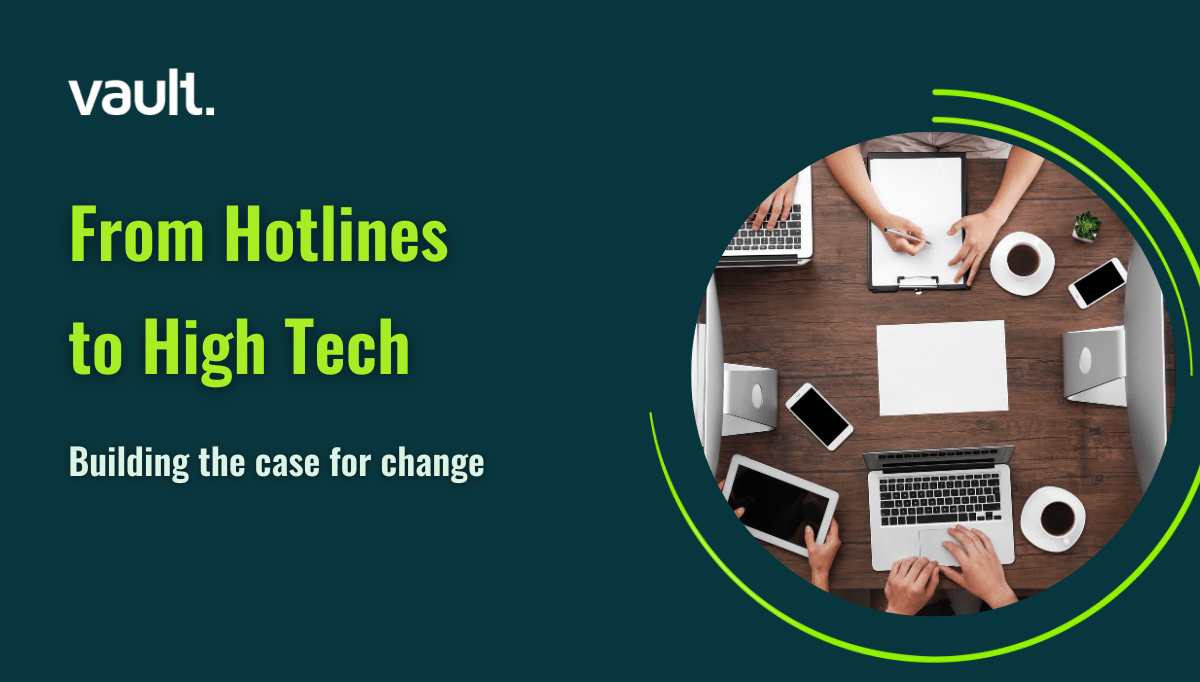With a third of the world’s population now in lockdown, the COVID-19 pandemic has prompted a turbo-charged rollout of remote working practices for many workplaces. About half of businesses were caught off guard, having no remote working policy in place. But with some experts expecting working from home to become more popular even on the other side of the crisis, now is a good time to create some structure.
Renowned expert in workplace culture and Vault Platform advisory board member, Josh Bersin, is something of a veteran, having worked remotely for 20 years. Bersin recently shared his five pillars of remote work for organizations to ensure employees thrive in this new climate. In a video, Bersin points out that working remotely is much more than taking a laptop home. Success in a virtual set-up requires careful communication, trust, and the right tools and resources.
The five pillars of remote working:
- Tools: Bersin’s key point here is to implement tools that are simple and easy to use by anyone in the organization. This is not only important for internal communication tools, but equally for the tools to support your HR teams to keep the organization running smoothly.
Vault Platform was designed to support HR teams to track and resolve incidents of workplace misconduct, harassment or bullying within organizations. The platform’s simple implementation and interface ensure that employees feel empowered to Speak Up. Our new COVID-19 symptom reporting feature helps track the impact of the virus within your organization. - Rules: New security and operational rules associated with working remotely should be established as quickly and efficiently as possible. Many businesses didn’t have a plan for remote working at such scale, so policies may well need adjusting. To ensure organizations are able to communicate these rules effectively, Vault Platform links to the organizations’ own policies and resources in-app.
- Norms: this third pillar is focused on behaviors. What behaviors need to change within your organization and how will you communicate them? What kind of behaviors are appropriate and which are not? Equally, if there is a breakdown in these behaviors, how will they be surfaced and resolved? Implementing a mechanism like Vault Platform will send a clear behavioral message to your organization – that you encourage employees to Speak Up and that their concerns will be addressed promptly.
- Culture: following on from the last point, this crucial aspect of the five pillars addresses how organizations can create a sense of unity, even remotely. A remote speak-up culture is created by providing all employees with a safe and secure outlet to voice concerns and be heard. Having transparency in this process is even more essential remotely, as many may feel a lack of support infrastructure – Vault Platform is your “digital open door” and enables your organization to create a culture of trust, even virtually by providing the most effective channel to report and resolve issues.
- Resilience: this underpinning pillar addresses the importance of building individual and collective resilience within your team, especially as our daily lives now take irregular and sometimes relentless rhythms. Whilst clear internal communication is crucial here, arming employees with a safe channel to voice concerns and feeling like they will be heard is a key part of building team resilience and engagement. Trust is at the core of this – employees who trust management are more engaged and resilient to the challenges that will inevitably arise.
As most organizations enter this new normal, implementing the right tools, calling on the appropriate resources and communicating clearly is at the heart of creating a productive and effective workplace. Watch Josh Bersin’s vide on remote work, here.
[simple-author-box]




